Do you know how to change the labels in an upper panel in ggpairs (Ggally package)? I found how to change size, font but not label. Here I want to shorten the label ("set" pour setosa etc...). I tried to put that in labels=c("set", "ver", "vir") or upper=list(params=list(size=8),labels=c("set", "ver", "vir")) but it doesn't work.
ggpairs(iris, columns=c(2:4), title="variable analysis", colour="Species",
lower=list(params=list(size=2)), upper=list(params=list(size=8)))

